
“In the 70s, in Britain, if you were going to do serious photography, you were obliged to work in black-and-white,” master photographer Martin Parr tells TIME. “Color was the palette of commercial photography and snapshot photography.”
“It’s only late in the decade that we began to see color photographers being shown in museums — like Eggleston and Stephen Shore,” he adds. “I took note of that and got excited.”
A few years later, in 1982, Parr made the switch from monochrome and never went back. To the many fans who have come to know his work over the last three decades in color, it may come as a surprise encountering Parr’s first major project in black-and-white. The Non-Conformists finally finds closure over 35 years after it was started with the publication this month of his latest monograph from Aperture.
It was 1975, and two years out of art school, Parr moved from the gritty, bustling city of Manchester to a picturesque mill town in the English countryside called Hebden Bridge. There, he found a traditional way of life in decline. Factories were closing, industry was leaving and the town was gentrifying. A new community was emerging made up of “incomers — youthful artistic refugees… in search of alternative lifestyles and cheap housing,” Parr’s wife Susie writes in her introduction to the book.
With four other artists, he opened up a storefront workshop and darkroom in the middle of town. Equipped with a Leica and a single lens, he took to the streets and began one of his earliest extended photographic studies.
“Places change all the time and the type of people who live there change. I was not so much looking at the new incomers,” of which he was a part, “but at the traditional lifestyle there.”
He would wander around, attend events listed in the local paper, and on Sundays, go to services at the Non-Conformist churches which were all over town. In these chapels, which had historically distanced themselves from the rules of the Church of England, he and his wife, who had been working on an accompanying text for his pictures, found the focus for the body of work.
“There’s a certain independent spirit these Non-Conformists have, which not only gave the chapels their names,” — like the Mount Zion Strict and Particular Baptist Chapel — “but was also very emblematic of the fading attitude of the whole place,” he says.
Parr’s photographs in which he aimed to capture that attitude reveal a greatly skilled young documentary photographer with a keen eye for British quirk, anticipating the tremendously poignant sense of humor for which he has become known. There is great wit in these images, but it’s more subtle and less sardonic than his later saturated color work; it seems above all, affectionate.
“Black-and-white is certainly more nostalgic, by nature,” he says. “My black-and-white work is more of a celebration and the color work became more of a critique of society.”
Parr and his wife, whom he had married in Hebden Bridge, became very active in the community during their documentation, if at first only to gain trust and access. Some church members mistook their interest as one in keeping the chapel life going in the future. The documentation came to an end, however, and the Parrs moved on. By the late 90s, most of the chapels had closed and the communities disappeared. Hebden Bridge today, “sandblasted and quaint,” his wife writes, “is a lesbian stronghold and a lively commuter town to professionals working in Leeds, Bradford and Manchester.”
“We did this photographic documentation and that’s all that’s left,” Parr says. “Virtually everyone in the photographs is dead now. It was just another era. But that’s the great thing about photographs; they’re there forever.”
Martin Parr is a British documentary photographer, photojournalist and photobook collector. The Non-Conformists is available through Aperture from October 2013. The work will also be on view at Media Space in London through March 16, 2014.
Eugene Reznik is a Brooklyn-based photographer and writer. Follow him on Twitter @eugene_reznik.
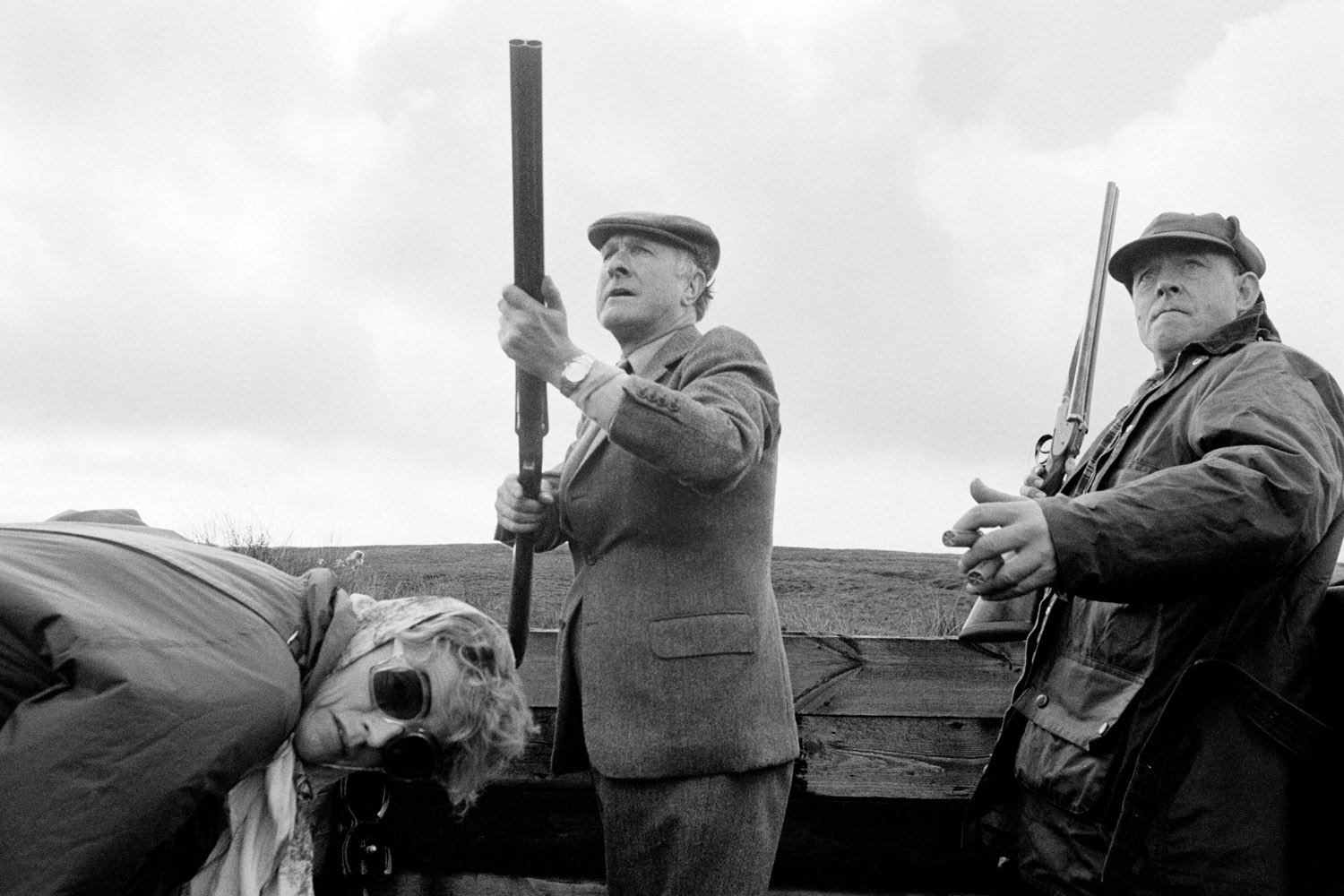

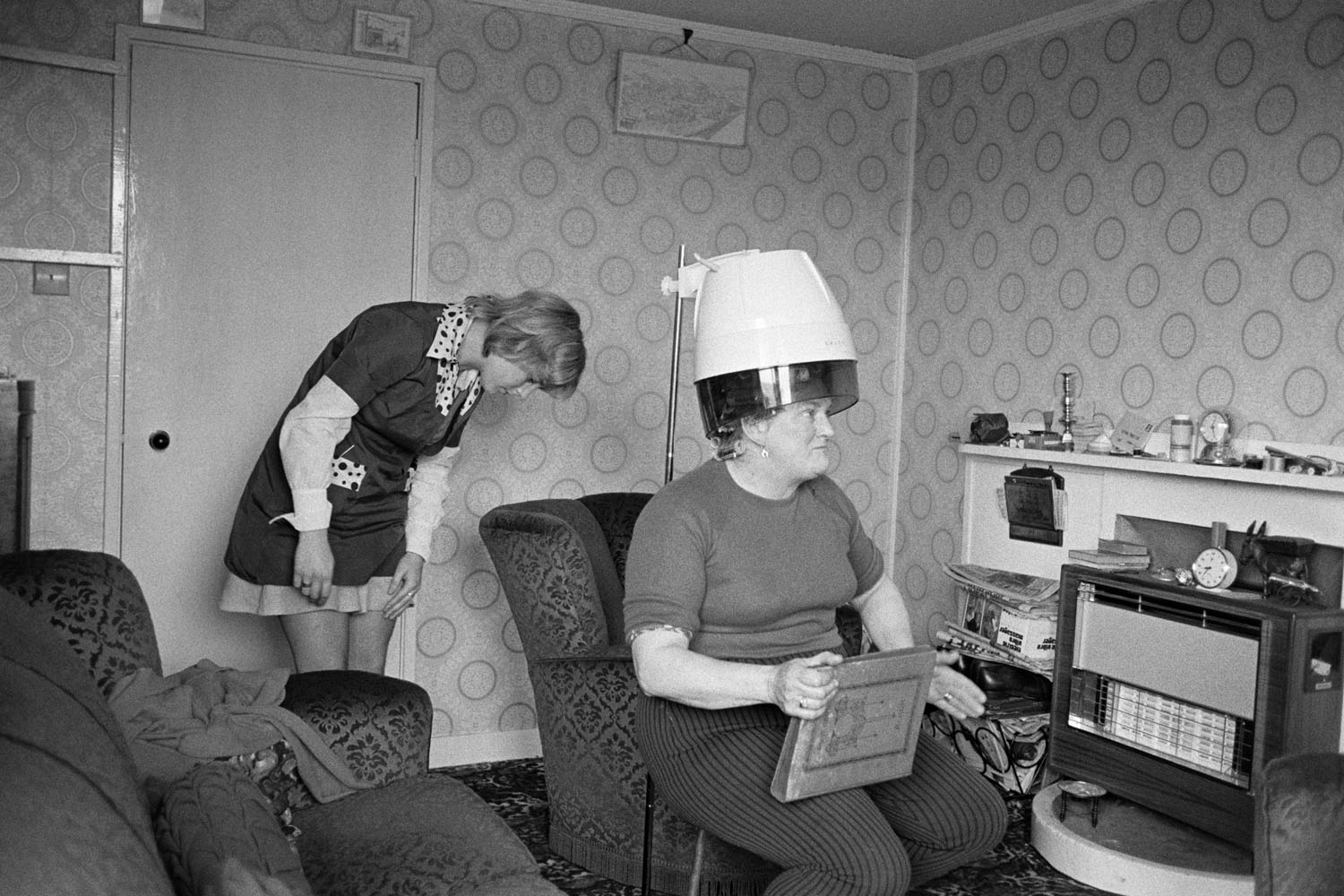
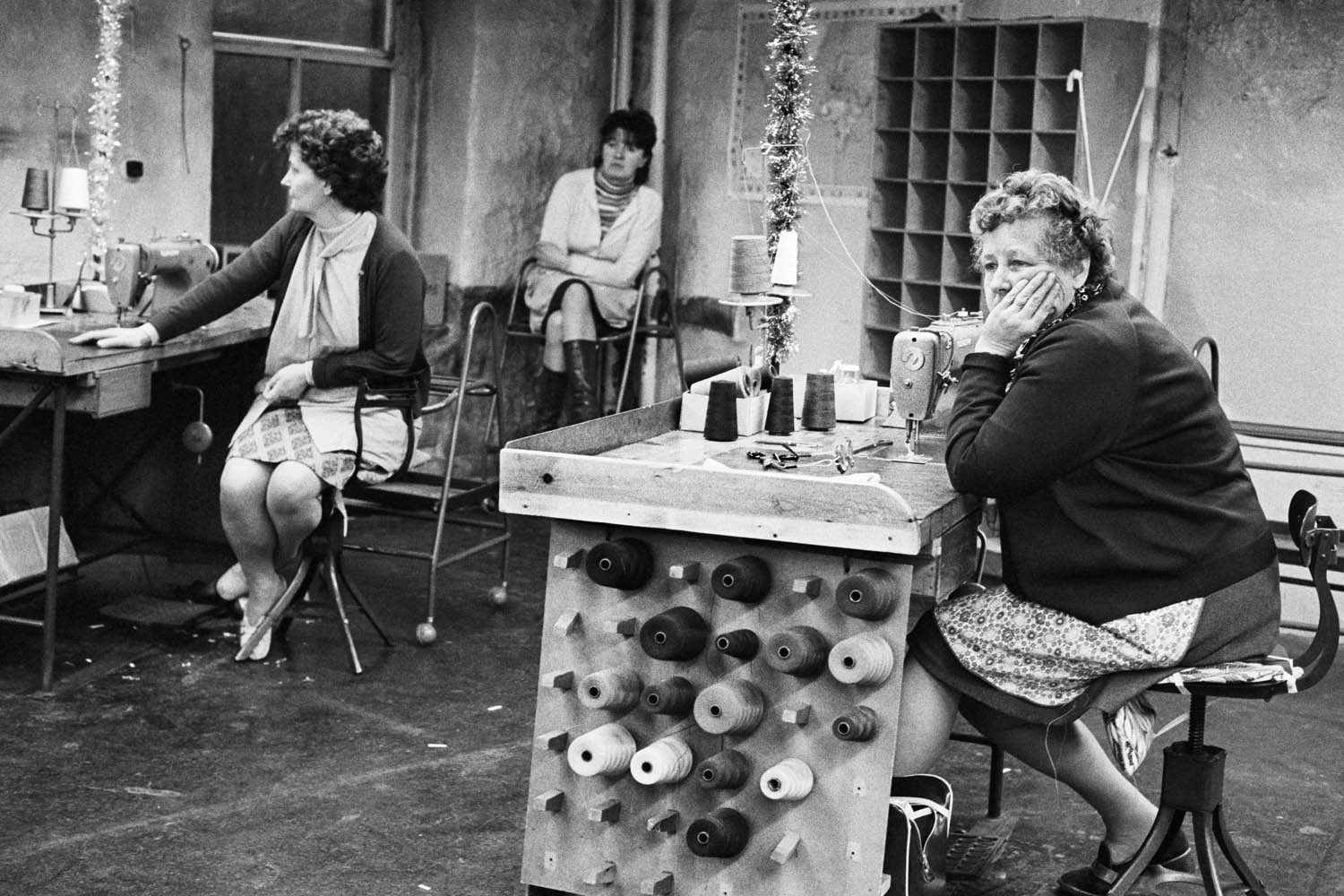
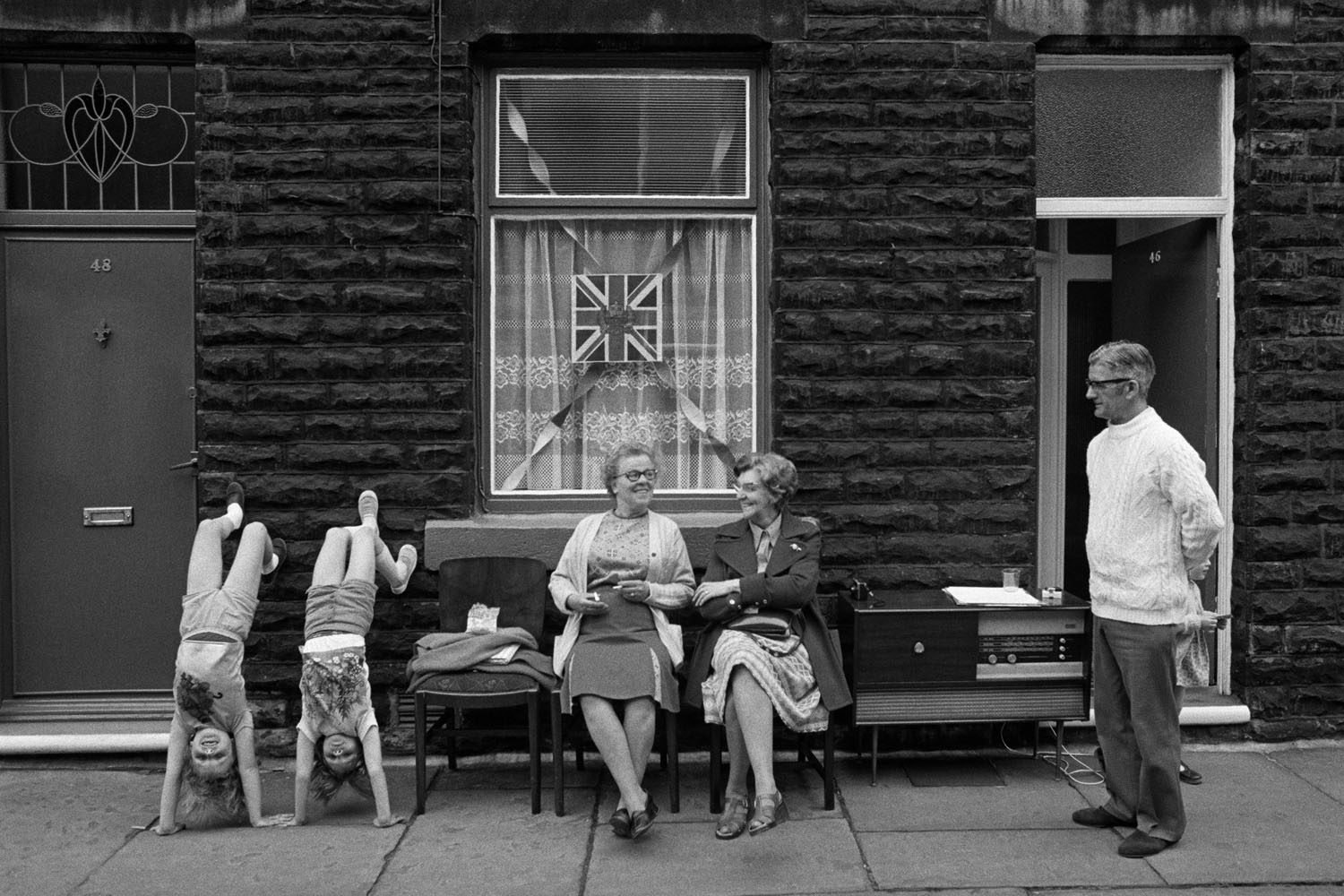

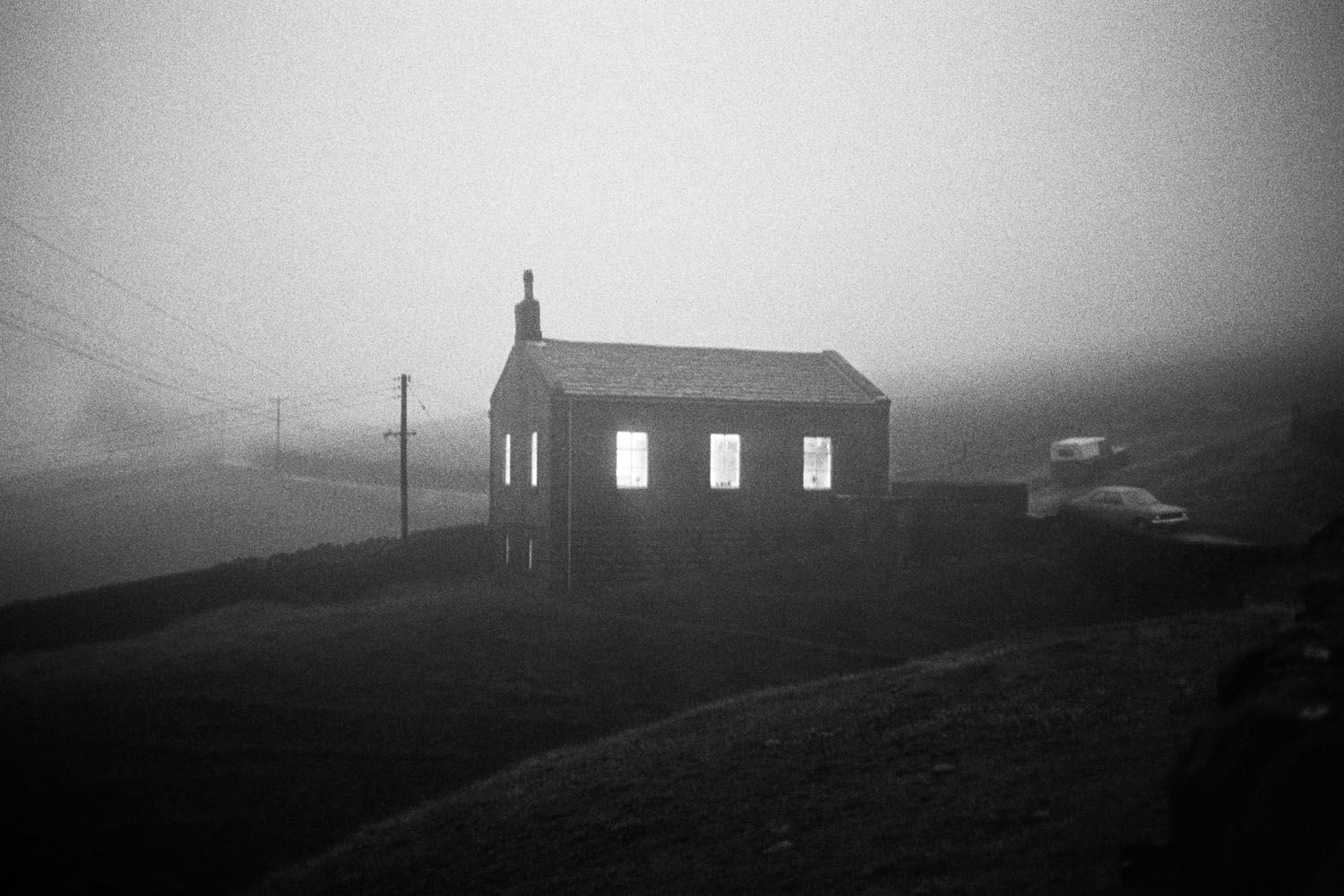
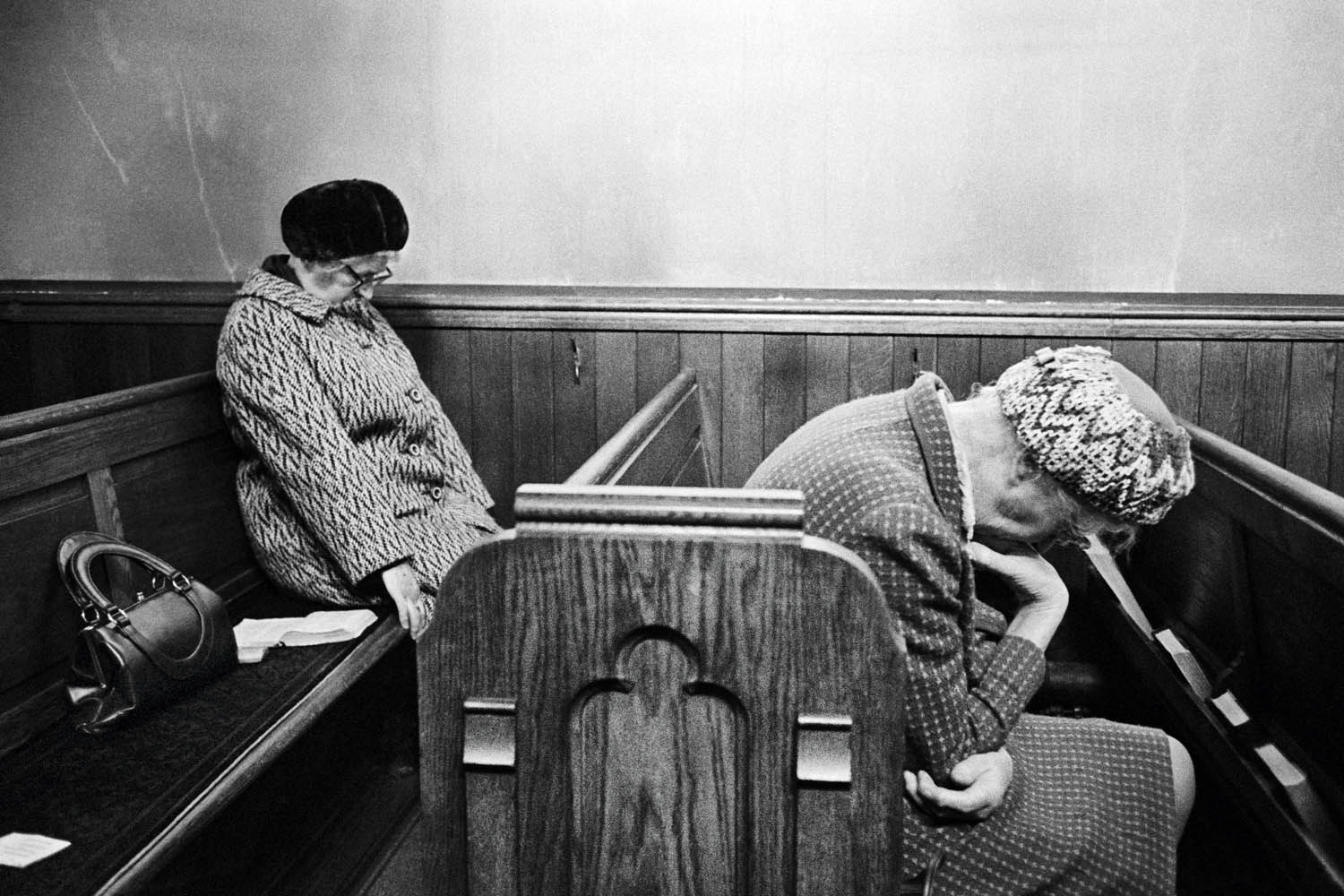
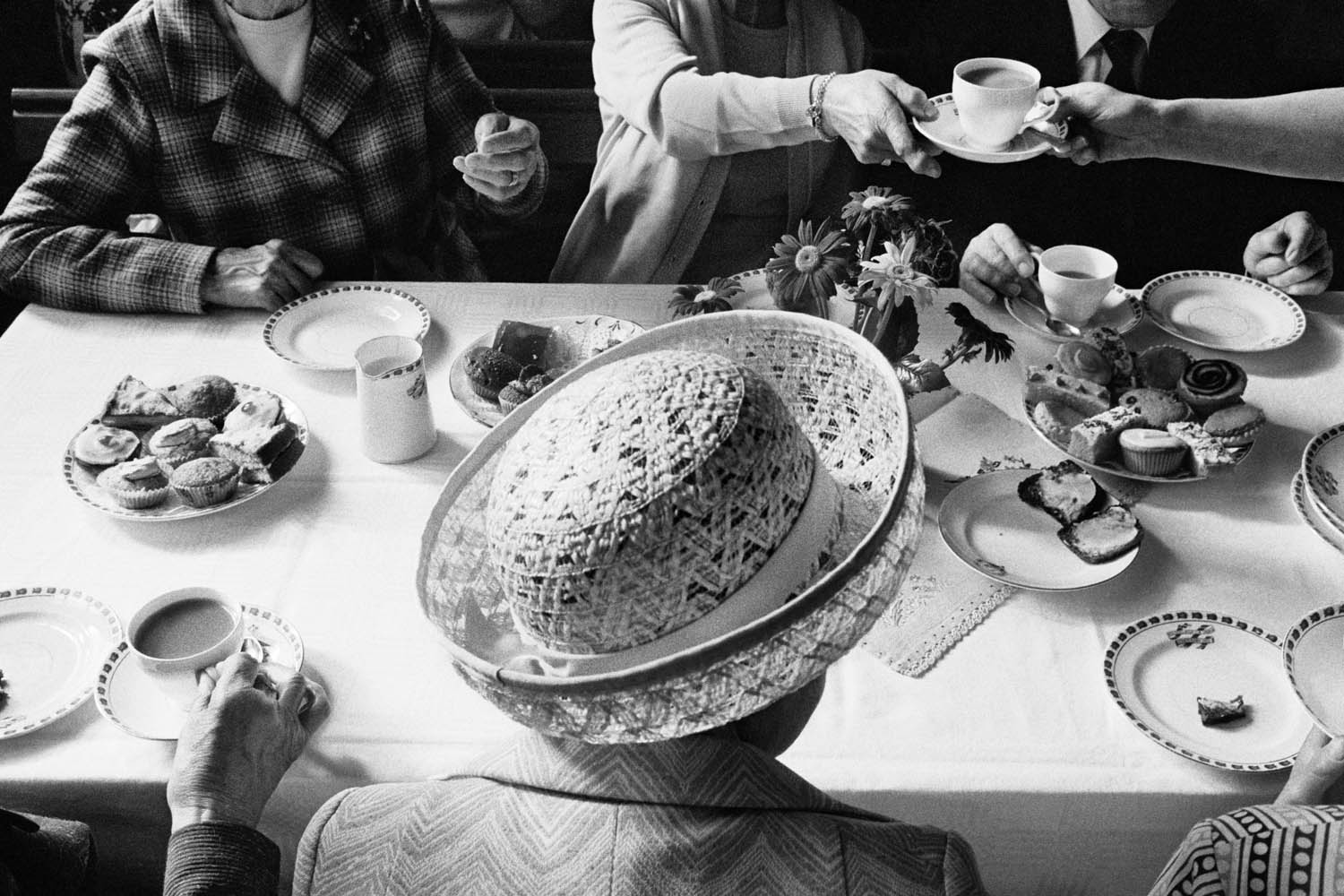
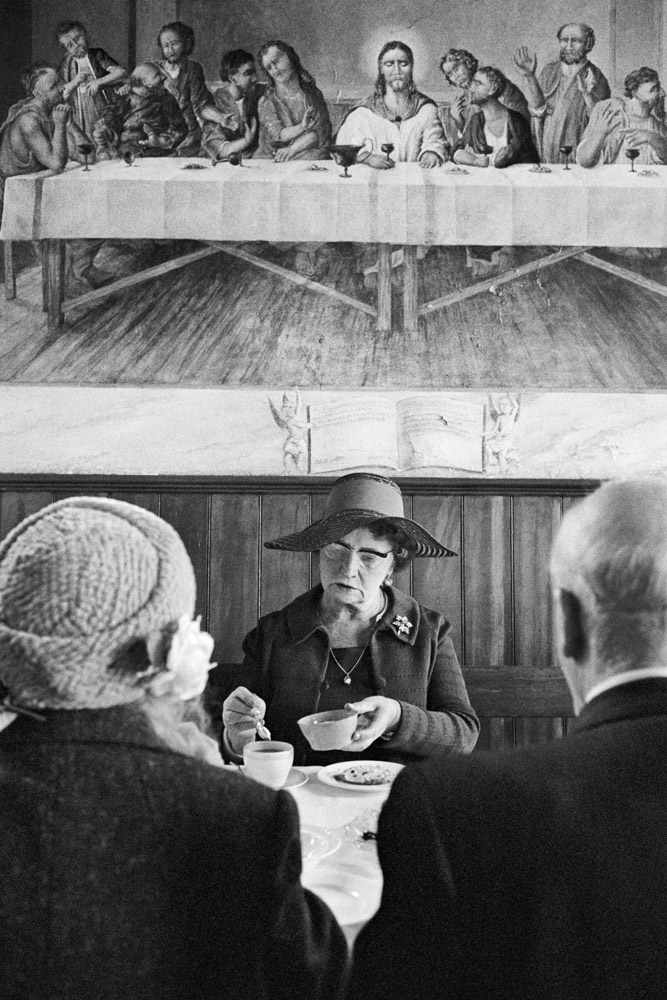

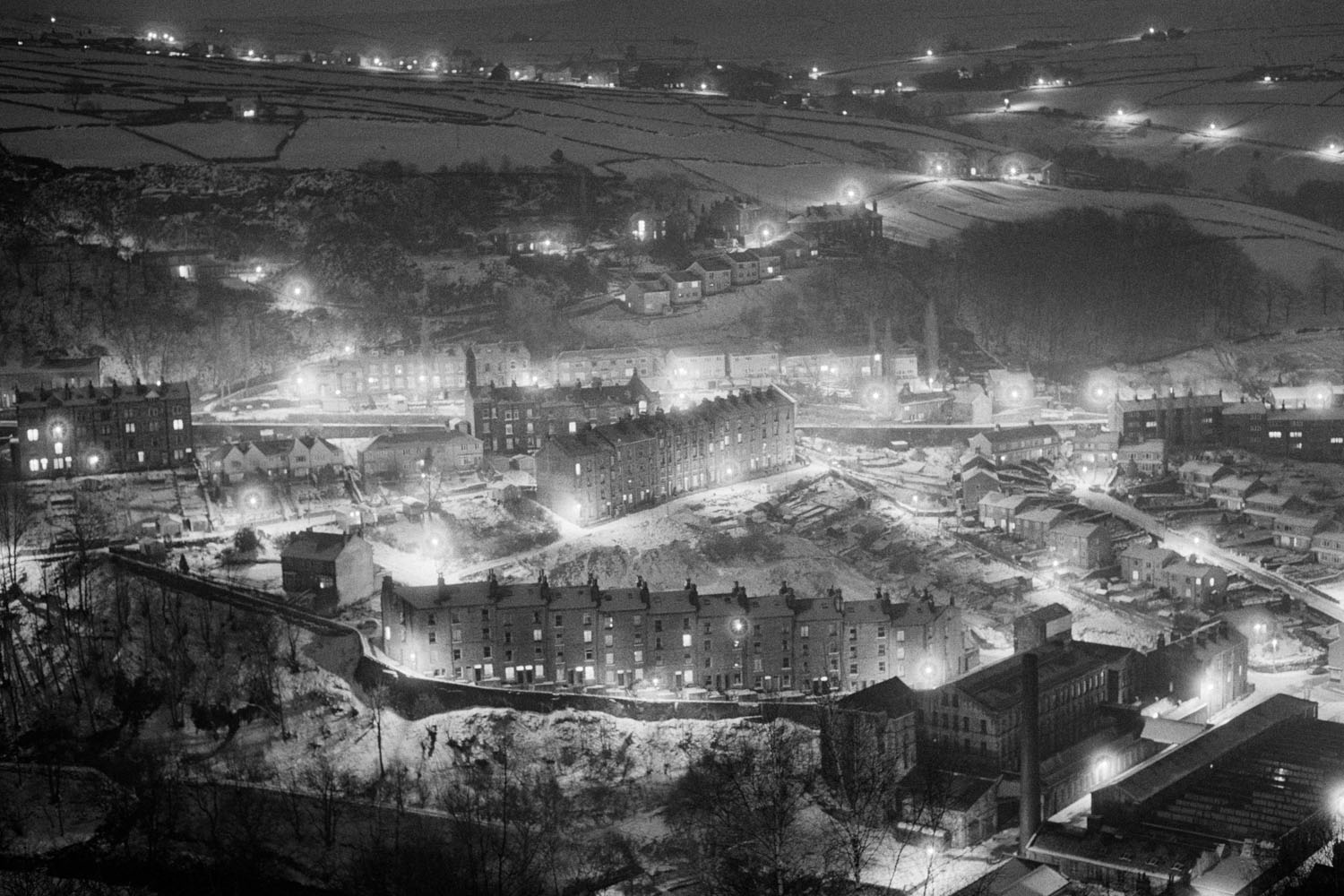
More Must-Reads from TIME
- Inside Elon Musk’s War on Washington
- Meet the 2025 Women of the Year
- The Harsh Truth About Disability Inclusion
- Why Do More Young Adults Have Cancer?
- Colman Domingo Leads With Radical Love
- How to Get Better at Doing Things Alone
- Cecily Strong on Goober the Clown
- Column: The Rise of America’s Broligarchy
Contact us at letters@time.com